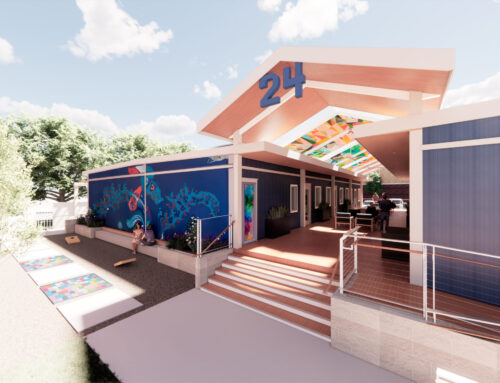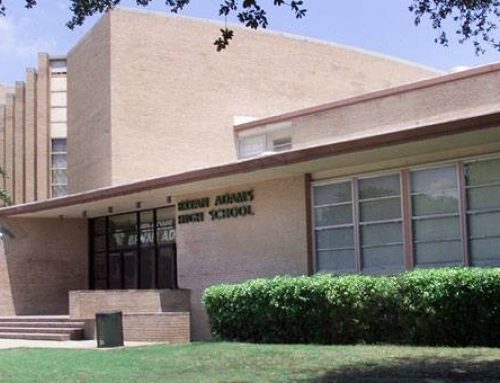Concerned residents packed the house at the Mt. Auburn Elementary School Auditorium last night to discuss the Gaston, Garland and Grand intersection. The “3 G’s” sees more than 30,000 vehicles a day, has a high volume of pedestrians and cyclists, is one of the most dangerous intersections in East Dallas, according to the DPD, and despite its appearance, has been called the gateway to East Dallas.
Because the intersection includes a city and state-owned roads, it’s also drawn a lot of political attention. City Councilman Mark Clayton, State Representatives Eric Johnson and Kenneth Sheets, Dallas County Commissioner Theresa Daniel and several TxDOT representatives were all in attendance last night.
Five new options were presented to the crowd, followed by a break-out session where residents got in to groups to discuss what they liked and disliked about the plans. Overall, some modification of the Reverse T (the second, fourth and fifth options) seem to be the favorite. Information from this meeting will be compiled before a third stakeholder meeting is hosted later this fall. The first meeting about the intersection was held in May.
All of the options include more traditional intersections with stop lights (except the roundabout), a wider bridge, 14-inch curb lanes, trail access, crosswalks and sidewalks.
The 4-Leg, Modified T
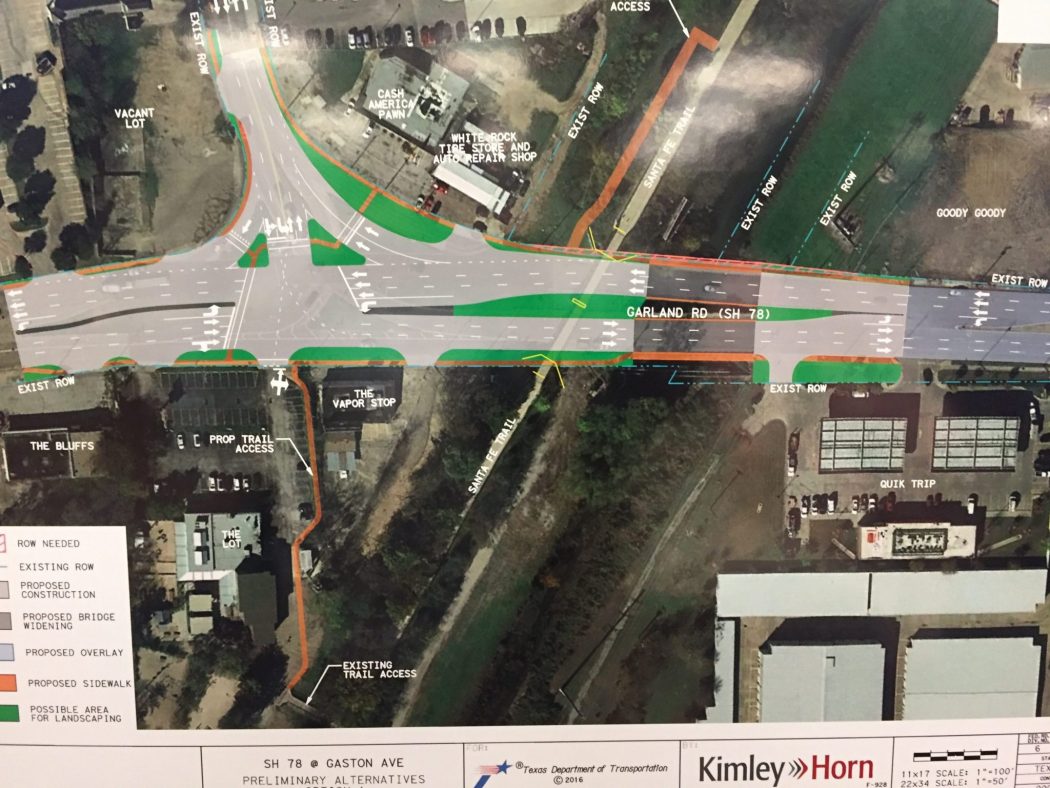
This configuration will give Grand and Garland three lanes each and stop lights would provide traffic gaps, making it easier to turn left out of a business on Garland. Some of the takeaways are that the driveways on Garland and Grand would be in the middle of an intersection and it won’t fix the Gaston to Garland traffic flow problems that already exist.
The Reverse T
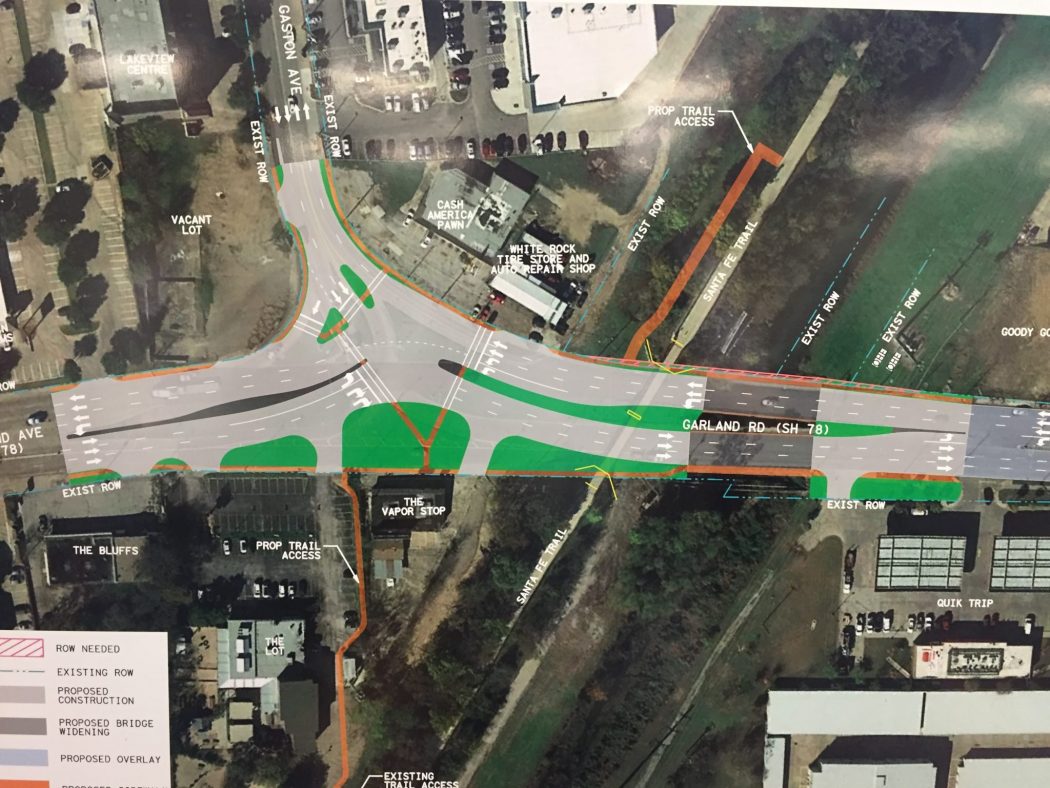
The advantages of this configuration are that it would improve traffic flow moving from Gaston to Garland, it would also create some traffic gaps and has large landscaping opportunities. The setbacks are, again, the driveways in the middle of the intersection.
The (Dreaded) Roundabout
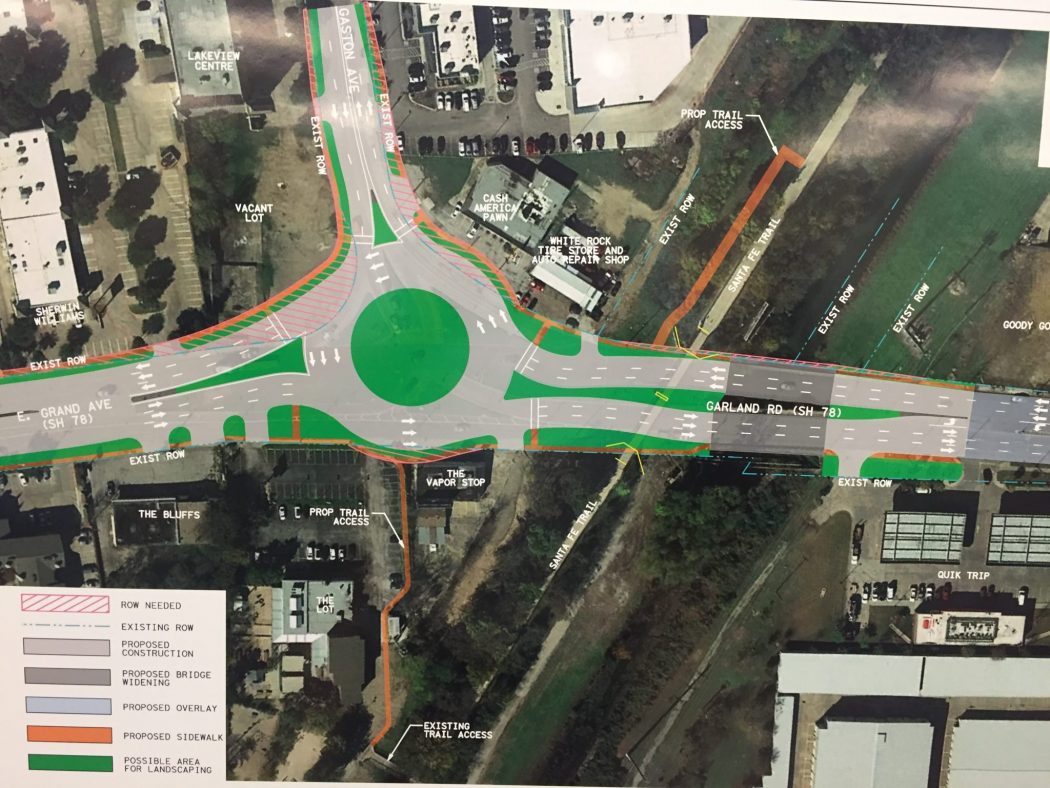
The pros of this option are that it would be the cheapest to maintain and it would also provide some unique landscaping and signage opportunities in the center. But there are more negatives here than positives. First, the initial cost would likely be the highest of all the options, it would not be easy for pedestrians or cyclists to cross and it is likely to make afternoon traffic worse. This was clearly the crowd’s least favorite solution.
The Reverse T with a Grand to Garland bypass lane
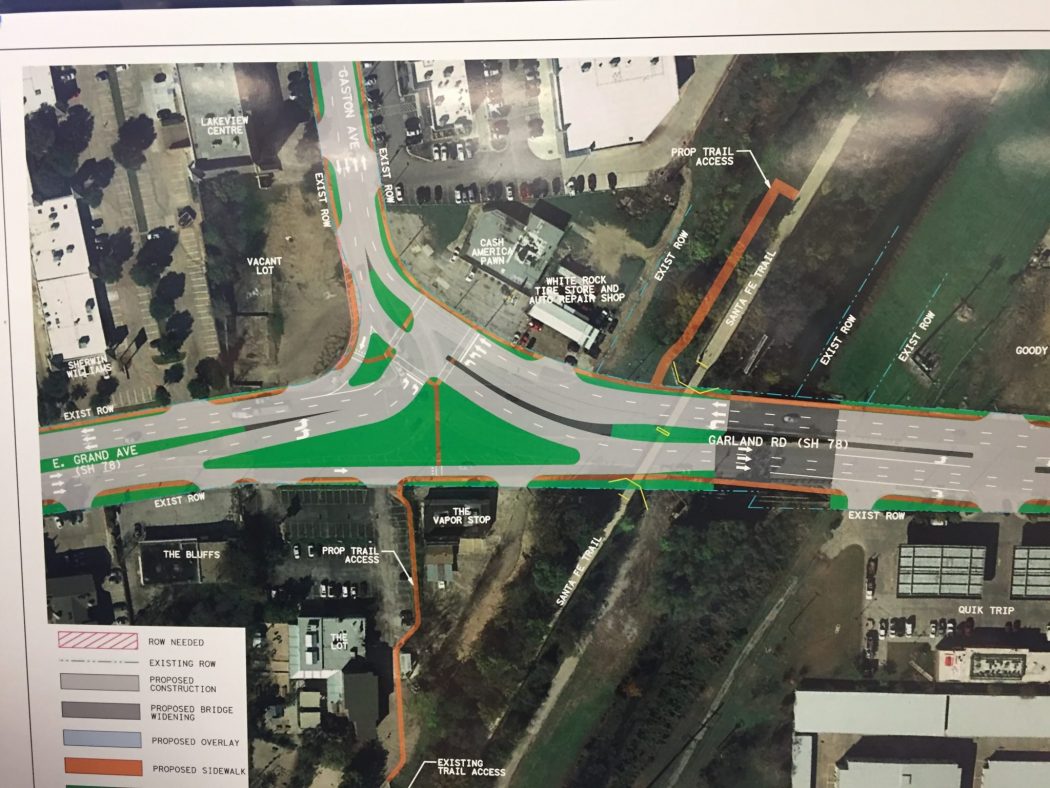
This is a basic modification to the Reverse T. It includes a direct lane from Grand to Garland. It also would improve traffic flow between Garland and Gaston. The setbacks are that it would offer poor access to Garland, traffic gaps would not be as good as some of the other options, and the direct lane between Garland and Grand could cause safety issues for pedestrians and cyclists.
The Reverse T with a Grand to Garland free right turn
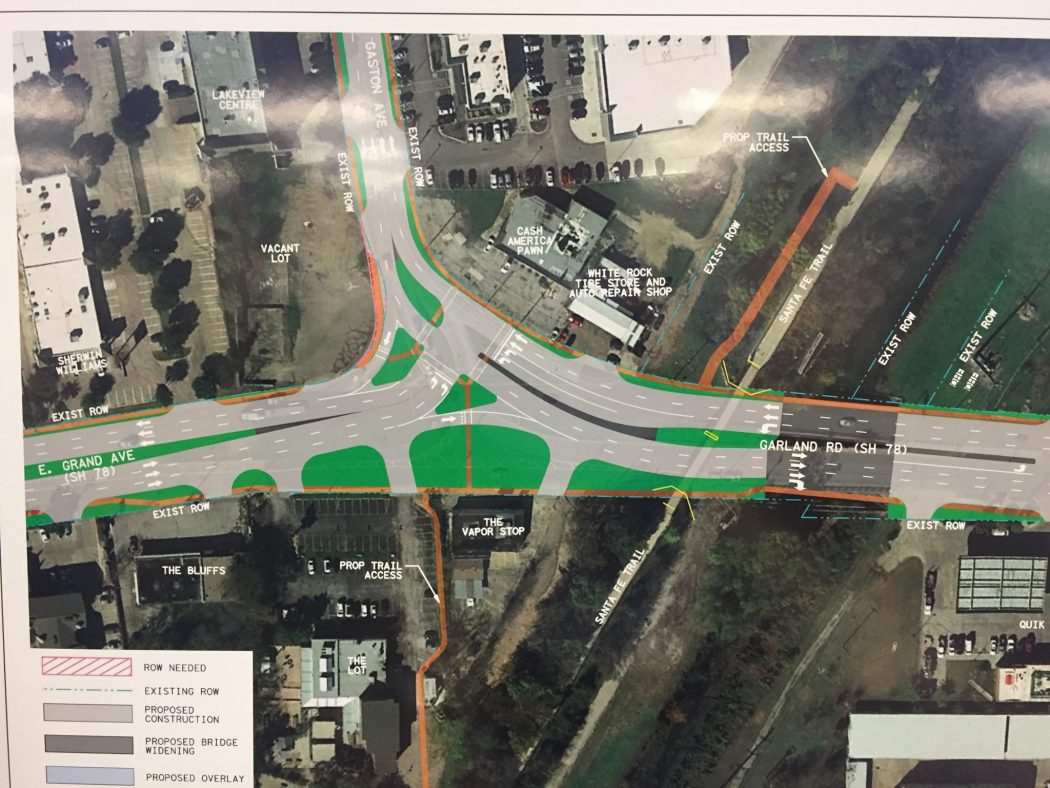
This again favors the traffic flow between Garland and Gaston, but the traffic gaps created would be pretty poor.


